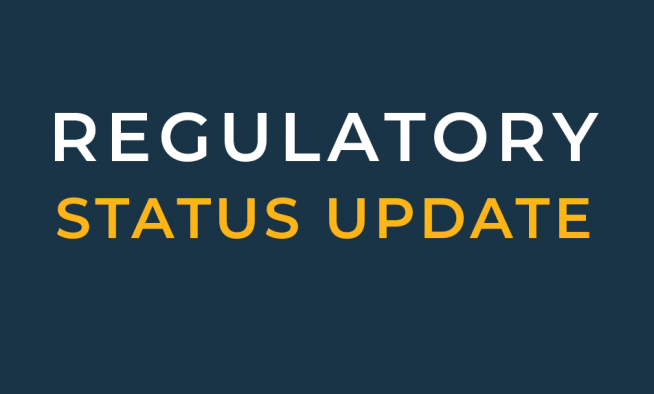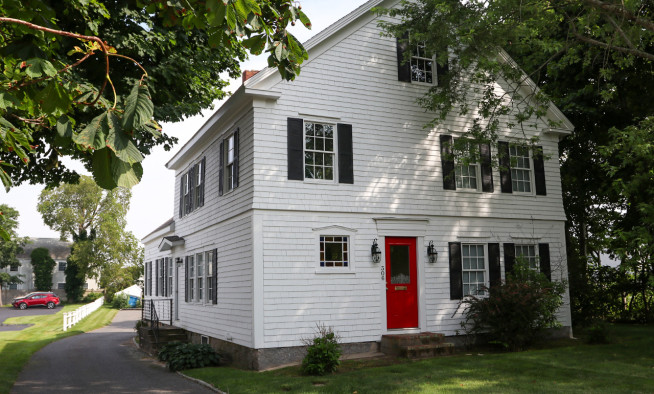BLOG: 10 things you didn’t know about the Cape Cod Commission
1. IT LIVES WITHIN ITS MEANS AND BEATS THE CONSUMER PRICE INDEX.
Since 1991, average property tax bills for single family homes grew five times faster than Commission assessments, which grew less than the CPI and common consumer goods.

SOURCES:
Mass. Department of Revenue
U.S. Bureau of Labor Statistics
Cape Cod Commission
2. IT SAVES TOWNS MONEY.
The Commission has collected $9.4 million in mitigation funds to offset project impacts that towns would otherwise need to pay for. This doesn’t include additional millions in developer-funded transportation, housing and open space projects.
3. IT SAVES THE REGION MONEY.
The Commission facilitated $8 million in savings through regional trash contract negotiations and $1 million by contracting a single flyover instead of 15 individual flights for map imaging.
4. IT BRINGS IN OUTSIDE MONEY.
In addition to supporting innovative projects, grant funds received by the Commission support about a third of its annual budget.
HIGHLIGHTED GRANTS$3.35 Million: Wastewater, 2013 $2.31 million: MassDOT $500,000: ePermitting, 2012 |
$389,000: HOME Program, 2013 Continued implementation funds from U.S. Department of Housing and Urban Development.$128,000: Joint Base Cape Cod, 2013 The Department of Defense, Office of Economic Adjustment funded a joint land use study$45,000: Hazard Planning, 2014 FEMA funds to develop Local Multi-Hazard Mitigation Plans for Yarmouth, Bourne, Mashpee, Harwich, and Falmouth. |
5. THE TOWNS ARE THE COMMISSION.
15 of the 19 voting members are appointed by the elected selectmen and leaders of each town.
6. IT’S NEW AGAIN.
With new appointments, 75% of the Commission’s voting membership turned over in the last eight years; 50% in the last four years.
COMMISSION MEMBER APPOINTMENT YEAR
|
|
|
7. ITS REGULATORY PROGRAM REPRESENTS LESS THAN 10% OF STAFF.
The regulatory staff has declined in favor of other disciplines to deliver innovative planning work.
8. IT APPROVES PROJECTS.
The Commission approved 96 percent of the 55 substantive Development of Regional Impact projects since 2007. Just two were denied: New Generation Wind in Bourne and Lowes in Dennis.
9. AREAS THAT AVOID ITS REVIEW ARE ENCOURAGED.
Growth Incentive Zones provide cumulative relief from Commission review and spur significant economic investment.
10. ITS EXECUTIVE DIRECTOR IS THE FIRST NON-PLANNER TO HOLD THE POSITION.
Paul Niedzwiecki’s background is an attorney and public administrator, which provides a different approach to regulation and planning.
DOWNLOAD: 10_Things_About_Commission-v2
Read the Cape Cod Times Editorial




